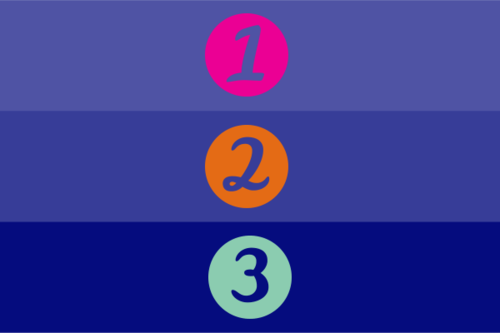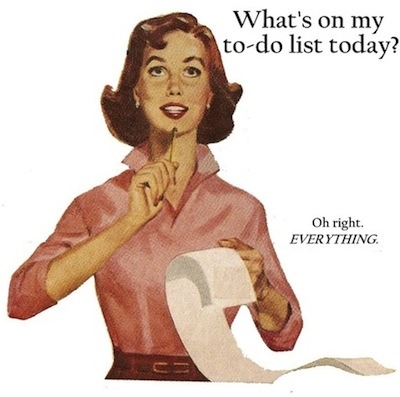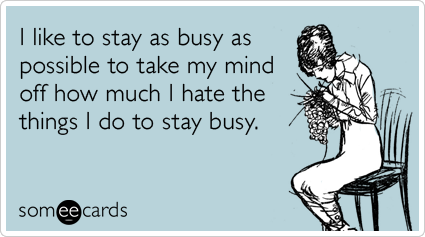Named by Business Insider as one of the 30 Most Important Women Under 30 in Tech, Stacy-Marie Ishmael is one of the most productive people we know. Currently VP of Communities at The Financial Times and creator of the #awesomewomen newsletter, Stacy-Marie offers one of her most effective productivity tips.

I think a lot about lists (a side effect of an ongoing and enduring fascination with GTD) and I make quite a few of them. One of the most valuable lists I make is my top three priorities for the day.
I’ve long been an advocate of taking a moment every morning — after coffee, before email — to set my top three priorities down on paper or in pixels. This simple process that takes no more than ten minutes has had a consistently profound and positive effect on my productivity.
Why after coffee? Because part of my morning ritual is brewing coffee or steeping tea before I get down to the business of the day. This ritual is one of the highlights of my day, and it makes waking up at unreasonable hours that much easier.
And why before email? Because once you get into your inbox, you’ve handed over control of your schedule to other people, and priorities are about what you want on your agenda.





 Dundee’s Tip of the Week: Did you know you could use an Alfred app extension to record your dones? Now you can update dones throughout the day with this shortcut!
Dundee’s Tip of the Week: Did you know you could use an Alfred app extension to record your dones? Now you can update dones throughout the day with this shortcut!
